Technology as the cure for healthcare worker burnout
Recently, I found myself immersed with some of the most innovative thinkers on the planet, quite a humbling experience. The Collision Conference with 35,000 attendees from around the world seems to have achieved mythical status across many demographics - from 12-year-old gamers, to Manhattan based investors, to 55 year old nurse practitioners looking to make a career change - and I was eager to explore it for myself.
While it will take time to digest the incredible volume of information, the standout takeaway for me is that technology is the only real solution to the health care human resource crisis, and I was filled with optimism as I listened to attendees and presenters discuss how they are attempting to solve the biggest challenges in healthcare. The WHO is projecting a global shortage of 18 million health care workers by 2030 compounded by an aging workforce, worker burnout and increasing levels of chronic disease. With the length of training needed for physicians and nurses, we cannot train or pay our way out of this to meet the rapidly approaching shortages.
But what we can do is start to better understand how to integrate technology so that we can reprioritize how health professionals spend their time to meet the needs of our patient population, now and in the future. For example:
Using at-home patient monitoring and sensory technology to ease the stress of nursing staff
Enabling AI to perform mundane and routine tasks at the doctor’s office so that physicians can focus on the patient relationship instead of the computer screen, which would also ease the burden of paperwork.
Digitally tracking clinic traffic to help optimize staffing levels and patient experience.
Furthermore, technology can also support the 2.7 million informal and unpaid caregivers in Canada - some of the most valuable and underrated stakeholders in our health system. Through scheduling apps and other seamless communication and system navigation tools we can help ease the emotional and physical stress of assisting family and friends while they age at home.
With all these exciting concepts in the works, I do wonder how we will move from a system of pilot projects to the mass scaling of some of these technologies. Public-private partnerships are an important component of this discussion, and if the pandemic has shown us anything, it’s shown our capabilities in this arena when we are forced to think outside the box. The explosion of virtual care, tracking data for real time decision-making, along with at-home delivery and digital services (including pharmacy products and prescriptions) have shown us what’s possible.
As we look to what’s next, it occurs to me that while innovations like the Apple Watch’s health monitoring tools and other health-focused apps have a ‘cool’ factor, they aren’t really yet contributing to the improvement of the system or the mass digitization of data. I have yet to hear about a doctor referencing anyone’s Apple data in a check-up appointment. Let’s get focused on what really matters - patient health - and truly embrace technology’s ability to support our health care workers, putting humanity back in healthcare.
At Agnostic we see health tech as a massive opportunity to address not only wait times but patient centric care. COVID-19 propelled innovation in healthcare at an unprecedented time of strain - we simply can’t backtrack on some of the speed of that innovation without damaging consequences. Building from our deep experience in health in areas like digital pharmacy, virtual care, cyber security and health tech innovation hubs, we are working with our clients to help them share innovations in real time and build communications support around a fast moving market.
So get in touch and see what Better Thinking, for Health, could do for your organization.
